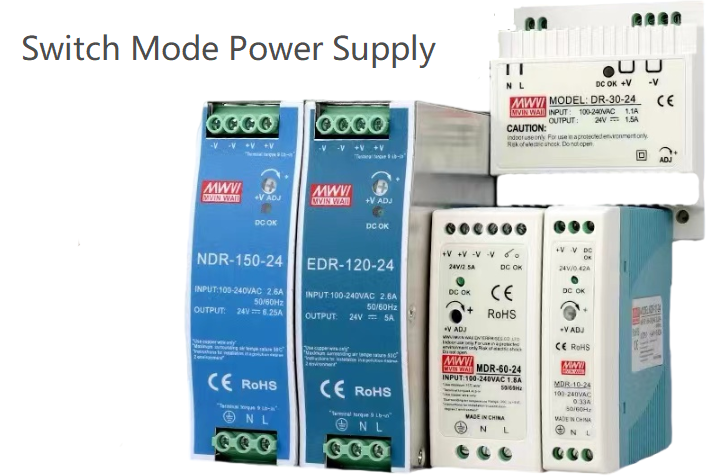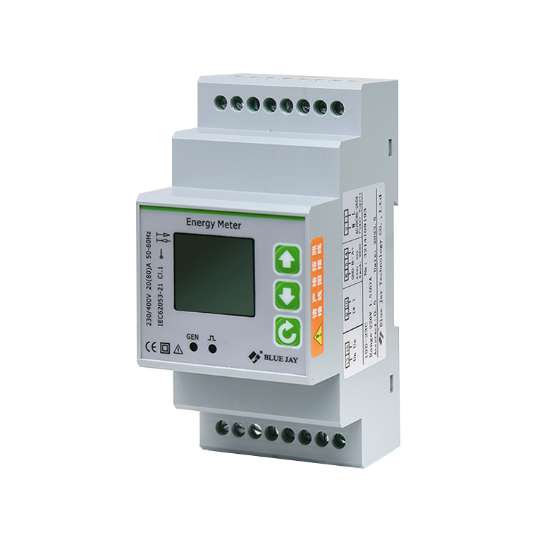As for automatic transfer switch application, it is mainly suitable for emergency power supply systems with rated voltage not exceeding 1000V AC or 1500V DC, and interrupts power supply to loads during power conversion. Automatic transfer switch is namely ATS in this article. The article will introduce the application of ATS.


CB-level Automatic transfer switch application in radial power supply
When the main power supply fails, it automatically switches to the backup power supply and continues to supply power to meet the power supply needs of important loads. Although CB-level ATS can meet the switching of main power supply and backup power supply, the “Civil Building Electrical Design Code” (JGJ16-2008) stipulates: “When CB-level ATS is used to supply power to fire loads, ATS composed of circuit breakers with only short-circuit protection should be used, and its protection selectivity should be coordinated with upper and lower level protection electrical appliances.” Therefore, when using CB-level ATS in fire protection equipment, it should be marked that CB-level ATSE only alarms and does not act when the equipment is overloaded.
PC-level automatic transfer switch application in radial power supply
Application of PC-level ATSE in radial power supply scheme. When a short circuit occurs in any branch, the branch and the upper normal power supply main circuit breaker will be activated at the same time. ATSE detects that the normal power supply is out of power and automatically switches to the backup power supply to continue power supply. At this time, the fault circuit has been cut off, which will not affect the power supply of other branches and will not expand the fault range. In this power supply scheme, there is no need to add protective electrical appliances in front of the PC-level ATSE.
Automatic transfer switch application in tree-trunk power supply scheme
When a short circuit occurs in a certain circuit, due to the selective coordination of the circuit breaker, the branch circuit breaker and the main power circuit breaker of ATSE will be activated at the same time, and the main circuit breaker on the trunk will not be activated, and the trunk will be powered normally. Since ATSE detects the power supply at the ATSE inlet, ATSE will not switch to the backup power supply, so the fault range is only kept in the distribution box, which will only affect the power supply of other branches in the distribution box, and will not expand the fault range to the entire power supply circuit.
PC-level Automatic transfer switch application in trunk power supply
Trunk power supply system with protective devices added to the front end of PC-level ATSE. In this power supply scheme, when a short circuit occurs in a distribution box in the trunk, the circuit breaker in front of the dual power switch in this distribution box will be disconnected first, and the backup power supply will be enabled to control the fault range within this distribution box without expanding the fault range; if the circuit breaker in front of the dual power switch is removed, when a short circuit occurs in a distribution box, the main switch on the trunk will be activated, thereby expanding the fault range to the entire trunk. Since these loads are important loads, the dual power supply does not guarantee power supply and loses its meaning of use.
The protective device added in front of the PC-level automatic transfer switch can be a fuse or a circuit breaker. The specific choice is that the protection current of the protective device should be lower than the rated short-circuit limiting current of the PC-level ATSE.






